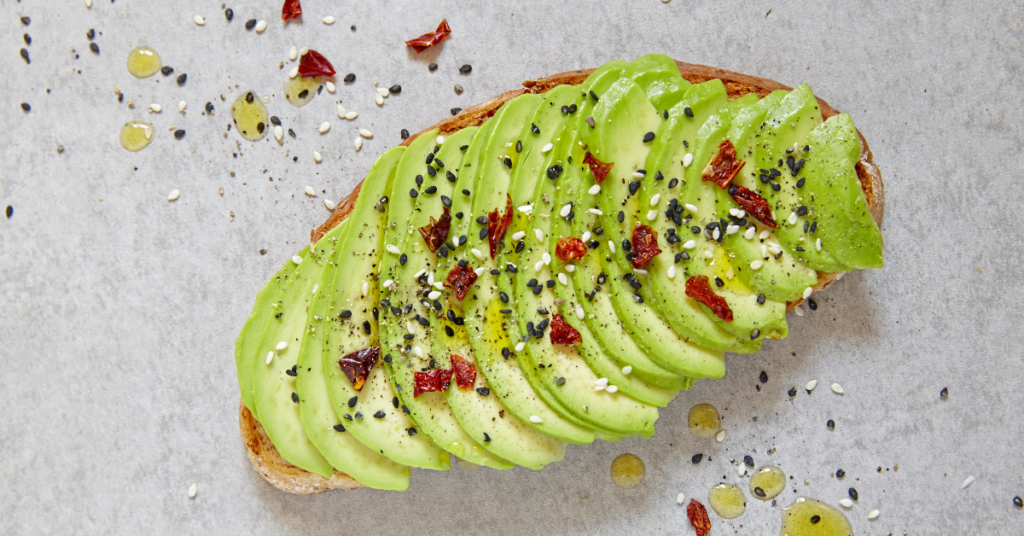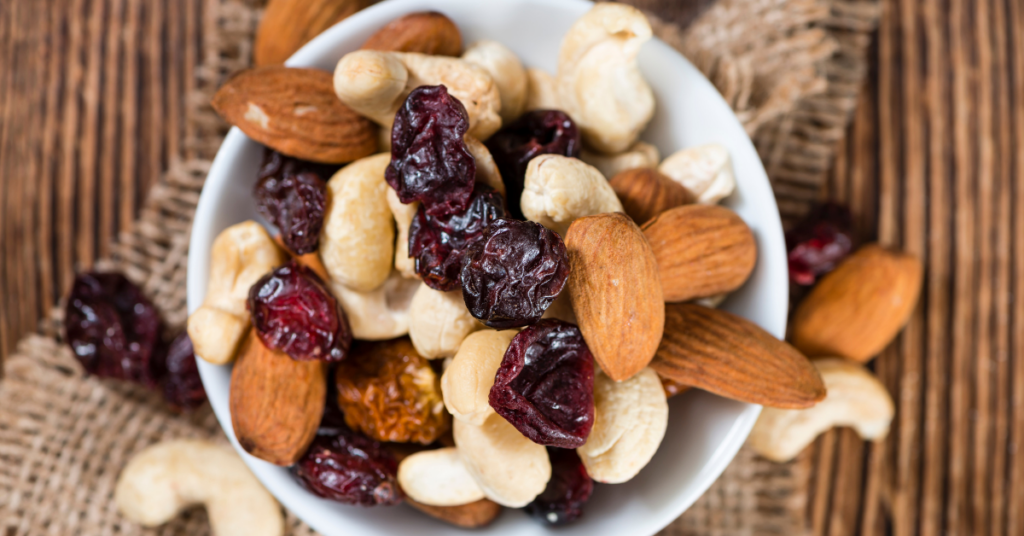
Article at a Glance:
- Salt, fat, and acid are the three key elements to honing and balancing flavor.
- Use these three elements in the kitchen to create plant-based meals bursting with flavor.
- Sweetness and umami are two bonus components to put to use as well, once you’ve mastered the other three.
Delicious food is all about flavor.
While many of us have become accustomed to assuming that animal-based foods are particularly tasty—and perhaps we believe they are inherently tastier than plant-based foods—this is not necessarily the case. Animal foods and plant foods both have the capacity to be delicious. Both also have the capacity to be bland or prepared poorly, resulting in an outcome that is not delicious.
So, how do we get big flavor out of plants?
First, we need to understand the three essential components of flavor: salt, fat, and acid. When one of these is missing or out of balance, our food can either taste bland or otherwise unbalanced. If your dish tastes kind of “meh,” ask whether each of these three components is present. “Is there enough salt? Fat? Acid?”
Let’s dive in by learning a bit more about our star players in big flavor:
Salt
Salt should be incorporated at various stages of the cooking process. For example, salt your onions while you sweat them and allow them to soften. Salt the water for your whole grains and pasta. Buy canned beans that have been salted or add salt to the cooking water after you’ve cooked your own at home.
In other words, salt needs time to penetrate your food. You can’t simply add salt at the end of your cooking process and expect it to have the same effect on your dish. Additionally, salt from a saltshaker is not the only way to add saltiness to a dish. There are other ingredients that are inherently salty, such as capers or olives that have been in a salty brine, which you can use to add salt to a dish.
Fat
As just noted about salt, fat can be incorporated at various stages of cooking and in different ways, depending on the dish. It is important to note that fat is not simply cooking oil. Just like saltiness is found beyond the saltshaker, fat is inherent in particular foods such as avocado, tofu, and nuts and seeds. Even foods not typically high in fat, like tomatoes, can add fat to a dish when used in a different form, like sun-dried tomatoes packed in olive oil and spices.
Sometimes oil is an important part of the cooking process, but it can also be avoided if you’d prefer to cook with a water-based medium (broth, wine, etc.) and instead use whole sources of fat to flavor your dish.
Many of us may want to reduce our intake of fat because it is higher in calories per gram than carbohydrates and protein (9 calories per gram for fat vs. 4 calories per gram of carbohydrate or protein). While oil is nothing to be afraid of—and some, like extra virgin olive oil, have some terrific health benefits—it is calorie-dense and is thus something to be mindful of depending on your health goals.
All that being said, fat is a key player in creating big flavor in plant-based meals, so it is to our benefit to pay attention to how we can utilize it in our cooking, whether in whole and minimally processed forms, or in a drizzle of oil.
Acid
Acid is different. While it is often beneficial to layer salt and fat throughout the cooking process, typically we want to add the bulk of our acid at the end. This adds brightness to the dish, which can be destroyed by heat.
There are two notable exceptions to this: one is with the cooking of an acidic ingredient such as tomato. Although tomatoes are quite acidic, we often use fresh or canned tomatoes in a dish and simmer them low and slow to develop rich flavors. This mellows the tomato’s acidity, which in such cases tends to be the goal.
The other main exception is when using marinades. When flavoring an ingredient such as tofu prior to cooking it, acid is used in the initial phases of flavor-building in a marinade.
However, much of the time, acid is something with which we finish a dish. Think of a squeeze of lemon over pasta. Lime wedges served with street tacos. Rice vinegar stirred into a curry or stir-fry. Acid can also show up in simple and even uncooked dishes: a peanut butter and jelly sandwich, for instance. The acid in the jelly or jam cuts through the fat of the peanut butter, providing a desirable contrast.
A good example of all three of these components working together is a simple peanut sauce. Thinned out with water, this sauce is composed of the three key players in big flavor: salt (in the form of tamari/soy sauce), fat (in the form of peanut butter), and acid (in the form of rice vinegar).
Two Additional Tastes to Consider
While “sugar” or “sweetness” is not part of the essential three, it is an important component to consider. In Westernized countries that are dominated by ultra-processed foods, it’s fair to assume that many of us could back off sugar, but it’s worth noting that sweet components (even things not typically thought of as “sweet”) can play a big role in rounding out a dish or bringing a “good” one to the level of “great.”
For example, many vegetables have sweetness to them, which may be amplified through roasting or caramelizing. Fruit is a no-brainer, with dried fruit being sweeter than fresh. And for those who are intentionally reducing or omitting oils from their diet, a bit of sweetness (in concert with appropriate salt and acid) can go a long way in amplifying a dish’s overall flavor.
Finally, it is worth introducing umami (pronounced “oo-MAH-mee”). This is what we often think of as the “meaty” component of flavor. But thankfully, meat is not required. In the plant and fungi kingdoms, there are a number of wonderful sources of umami. (And sources which can be used in a vast and diverse array of ways!)
Fungi and plants give us umami in the form of sources like mushrooms, yeast (this includes baker’s and brewer’s yeasts, sourdough, and nutritional yeast), and soy (think especially of tamari or soy sauce and fermented soy such as miso and tempeh). Note: this is also a component that the peanut sauce I mentioned above, as tamari is both salty and umami.
LiveComplete Takeaways
Getting practical, here’s how to taste and adjust for these major taste components comprising big flavor:
Before you go adding too much salt or oil to your food, keep this in mind: I find that acid is often the most underplayed and underappreciated of the three key players. It may be wise to start there. But you may need to adjust salt and/or fat, too.
Start by trying a small adjustment of one thing at a time. Taste and see how the dish changed before adding something else. As you get started, you may even want to pull a bit out of your dish to test the change—e.g., scoop a bit of soup into a small bowl, add a bit of lemon juice, taste…. Once you figure out what the dish needs, alter the whole batch.
Whether you’re baking with our protein powder or whipping up a meal full of fresh vegetables, whole grains, and more, keep these elements in mind so you can develop flavor that will blow your mind.



